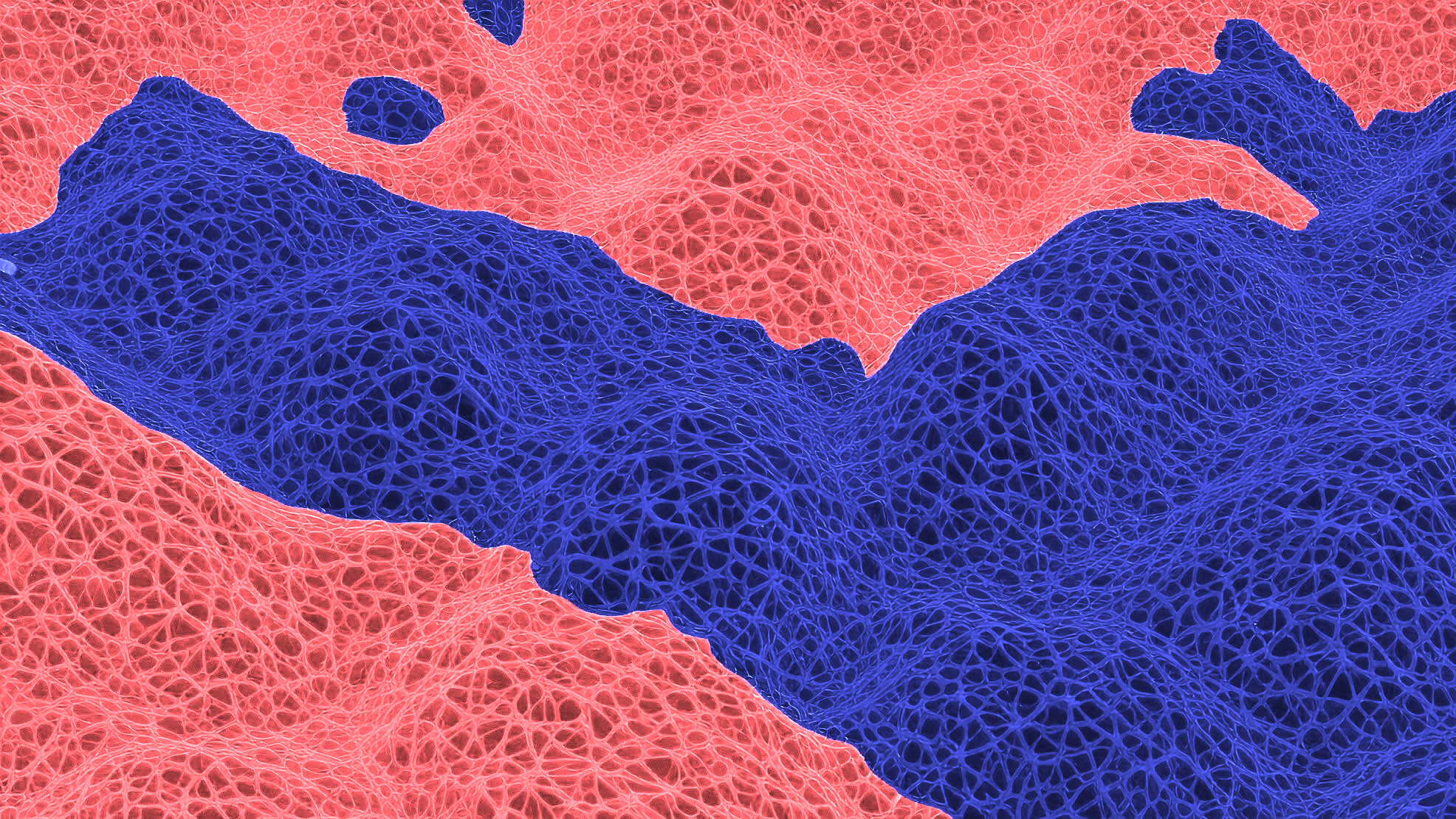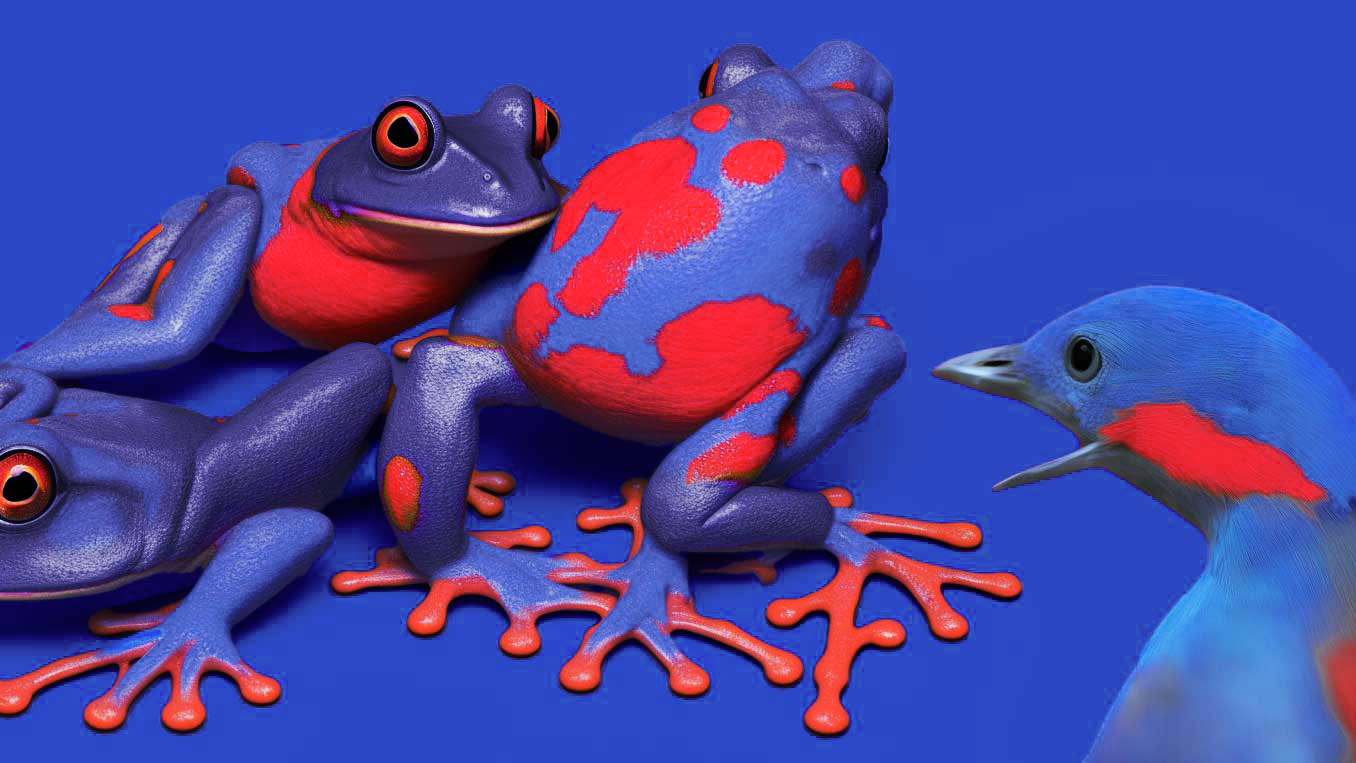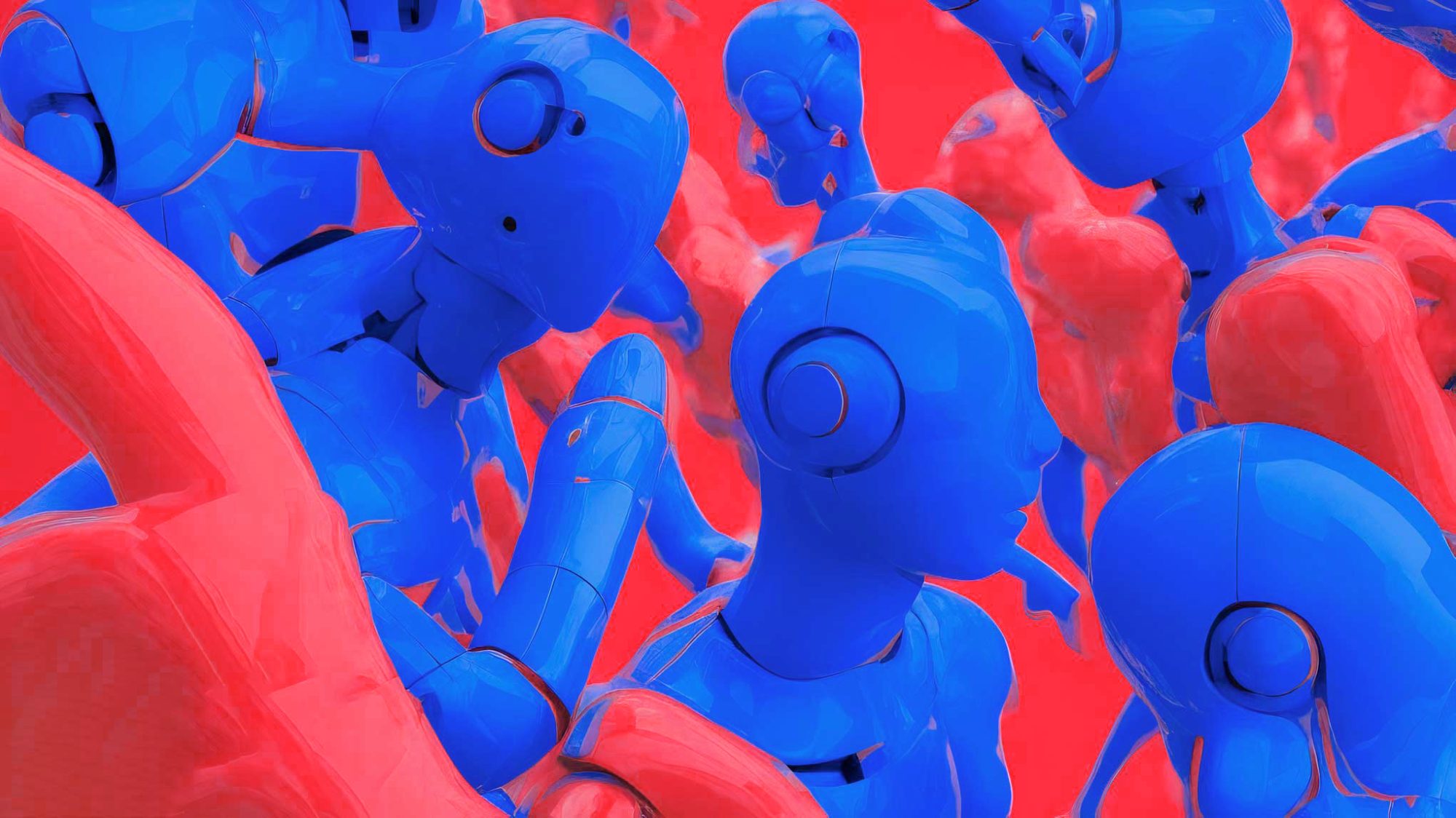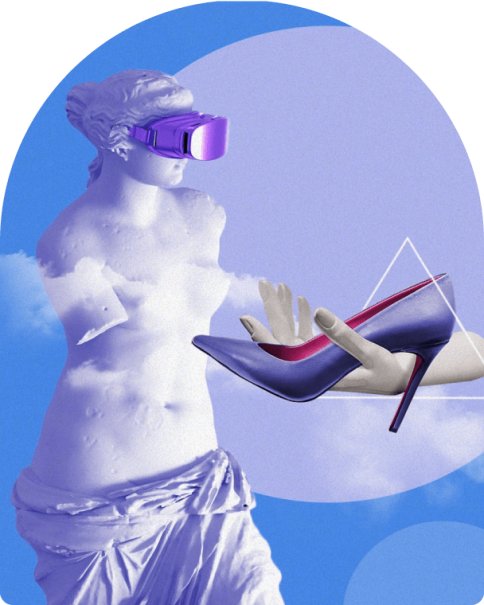GPT-3 and other AIs as a clever helper for humans

Nazareno De Francesco
Senior, software & deep learning analyst
Transformative innovation
2022

A look at how technology can aid information retrieval, creativity, and natural language process tasks, and the potential challenges and risks involved in using GPT-3-like technologies.
These systems could potentially transform how we live and work.
One of the most promising AI technologies is GPT-3, a natural language processing system that is highly effective in a range of tasks. GPT-3 can support humans in their daily working lives, such as in information retrieval, creativity, and natural language processing.

GPT-3 uses a deep learning algorithm to generate text that is almost indistinguishable from that written by a human being. The system is trained on a large amount of web text, such as e-books, Wikipedia entries, blog articles, and forums. Simply put, when GPT-3 is given a prompt (a starting instruction), it generates text relevant to that prompt. For example, if the prompt is “What is the capital of France?”, the system will generate the text “The capital of France is Paris.” But GPT-3 can also go further and write a full-blown short story!
For example, using the prompt “Write a short, happy story about a little bird and a frog,” the system will generate something like:
“One day, a little bird was chirping happily in a tree when she saw a frog sitting on a lily pad in a pond below. The frog looked up at the bird and croaked, “Hello!” The bird chirped back, “Hello, frog!” and they both smiled at each other.”

An illustration generated with OpenAI DALL-E 2.
GPT-3 can generate coherent, well-written text in a variety of genres and styles. This is an exciting development because it could help make human-generated content more efficient and accurate while opening up new automation opportunities.
Let’s dig inside some possible applications of this technology that we have already explored and continue to study.
Empowering Creativity
The first application we consider is the use of GPT-3 as an assistant for creative tasks. One interesting aspect of human intelligence is that it allows us to think creatively about problems and situations. We have seen this ability manifest itself in countless ways throughout history, from creating art to developing new technologies and scientific breakthroughs. But what if there was some way to use artificial intelligence technology to augment our creative abilities? One way to do so is by using GPT-3 as an assistant.
For example, let’s say you are a poet and you want to write a poem about the sea. You might start off by listing all the adjectives that come to mind when you think of the ocean (blue, wet, etc.), but you soon realize that there are many more words that describe it than those on your list. This is where GPT-3 can help: by providing access to its vast knowledge base, it can help find synonyms for our original terms.
GPT-3-like technologies can also help us when we are stuck, by providing inspiration and ideas. For example, if, as a writer, you need to develop a plot for your next novel but cannot think of anything, GPT-3 can offer suggestions for storylines that have worked well in the past. When used as a tool for creation, the machine is not very different from a painter’s palette or an author’s notebook. It helps us access our creativity and make connections that we might not otherwise have been able to make.
GPT-3 can be used in two kinds of creative processes in a proprietary iterative framework:
- Idea generation: we use GPT-3 in the brainstorming phase of a project to come up with ideas and solutions to problems. This is particularly useful when we need to come up with a large number of ideas in a short period, and GPT-3 can act as an additional member of the team, offering its own point of view;
- Title generation: similarly, we can use GPT-3 to help create titles for our events or our client’s products. In a perfect machine-in-the-loop approach, we could use GPT-3 to suggest a set of possible titles, feeding it some instructions about what we need, evaluating its suggestions using human feedback, and iterating on the outcome until a suggested title becomes the right starting point for our creativity to build upon.
Another promising application of GPT-3-like technologies is in human-computer interaction. GPT-3 based tools like GitHub Copilot (a tool that suggests code in several languages) are already changing the development field by giving developers direct access to a huge amount of information and suggestions. That information, until now, was only accessible through a manual web search.

Next-Generation Chatbots
An additional area of interest is the capability of this technology as applied to chatbots. GPT-3-like technologies could be used to create chatbots capable of holding conversations with humans in a much more realistic and engaging way than current chatbots. Current commercially available chatbot systems are based on a simple intent recognition algorithm that tries to guess the user’s real intent by matching it to a list of intents that it already knows and checking whether the math adds up. This approach is accurate and controllable but has a huge drawback: it can’t handle unexpected intents, such as a new question that the developers have not implemented. Another limitation is the lack of variance: the systems always answer a given question the same way. GPT-3 can help fix that.
Soon, this technology may be the key to creating digital assistants that are smarter and more responsive than anything that exists today.

The AI Risks
“AI (artificial intelligence) is far more dangerous than nukes.”
— E. Musk
However, the use of GPT-3-like technologies also carries some potential risks. One of them is that AI systems could be used to generate fake news or propaganda. For example, suppose a political campaign wanted to create a false story about an opponent. In that case, it could use GPT-3 to generate a fake news article. Another risk is that AI systems could be used to commit fraud or other crimes. For example, if a fraudster wanted to create a fake identity, they could use GPT-3 to generate a false name, address, and biographical information. Lastly, there is a risk that AI systems could be used to exploit and manipulate people. For example, a malicious person could use GPT-3 to generate a false online persona designed to lure people into a trap.
In addition, the misuse of generative technologies like GPT-3 in the creative world could also lead to a decrease in human creativity itself, as it may rely too much on machines. Generative visual technologies like Dall-E or Midjourney have already shocked the creative community because the results exceeded everything human artists could come up with in the same amount of time.

Jason Allen’s AI-generated work, “Théâtre D’opéra Spatial,” took first place in the digital category at the Colorado State Fair. Credit… Jason Allen
The future of generative technologies and their impact on the creative industry will be interesting to watch. Designers, advertisers, and other creative professionals are accustomed to using computers to create their best work. But what happens when the computer itself becomes the creative force? In the near future, generative technologies will increasingly be used to help everything from art to advertising to architecture. And while these technologies promise to vastly increase efficiency and creativity, they also threaten the very industries they are designed to help.
While this may sound like a far-fetched scenario, it is not outside the realm of possibility. And as AI advances, the line between human and machine creativity will become increasingly blurred.
The risks associated with AI technology should not be ignored. It is essential to keep in mind that AI systems are only as good as the data on which they are trained. If the data used to train an AI system is biased or inaccurate, the AI system will be biased or inaccurate. Therefore, ensuring that AI systems are trained on high-quality data and used correctly is essential.
Embracing the Change
We embrace this change, aware of its enormous potential and high risks. We believe that learning to coexist with this new generation of AI, to collaborate with it, and to make the most of human-machine interaction is the solution to improving our lives today and knowing how to better manage these changes in the future.
Ed: this article was written with the help of GPT-3.










 in Italy
in Italy